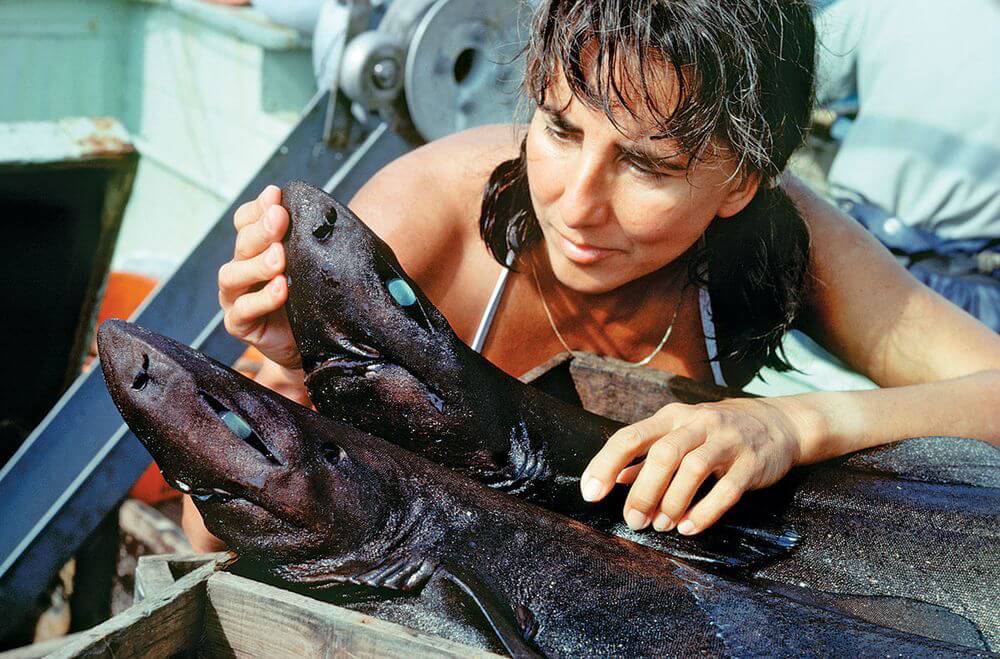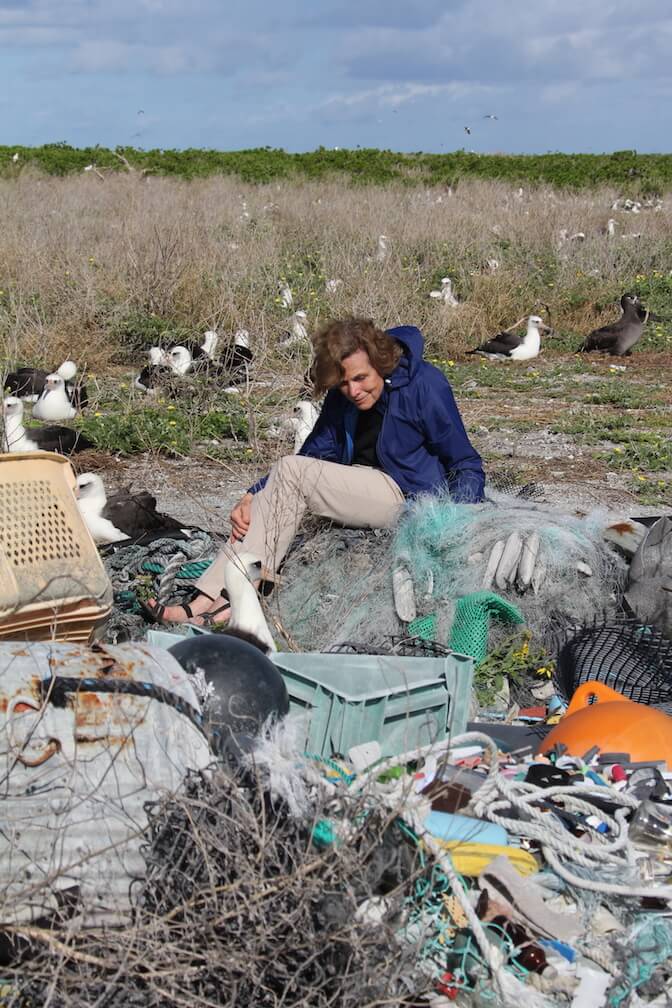Since 1975, International Women’s Day has been celebrated on March 8. In Canada, women currently account for just one-third of STEM graduates (science, technology, engineering and mathematics). The lack of female role models in the history of science might explain the presence of such a large gap between men and women in STEM graduation rates. In this context, Whales Online presents a selection of women pioneers in marine biology who have succeeded in leaving their mark in a field historically dominated by men.
19thcentury
Jeanne Villepreux-Power is a French self-taught naturalist to whom we owe the invention of the aquarium as we know it today. This invention allows her to study argonauts (a species of pelagic octopus) and she discovers that they produce their own shell and hence do not acquire it from other species, as does the hermit crab. Her experimental approach puts an end to a debate among naturalists.
Mary Buckland is best known as the wife of William Buckland, an English geologist who studied fossils. Further, she was a scientific illustrator who participated not only in her husband’s research, but also in that of Georges Cuvier, a famous paleontologist. Mary Buckland does not have her own scientific career per se, but she does contribute to science by assisting her husband, accompanying him on his expeditions and taking field notes. It is even said that she helped author some of his publications. Following her husband’s death, she and her daughter study zoophytes and sponges under a microscope.
20thcentury
Helen Battle (1903-1994)was the first woman in Canada to obtain a PhD in marine biology (1928). She was also one of the first zoologists to apply laboratory techniques to marine biology. More precisely, she studied the effects of pollutants on the embryonic development of fish eggs. While teaching zoology at the University of Western Ontario, she encouraged women to pursue graduate studies in science.
Rachel Carson (1907-1964) always believed that she would grow up to be an author. Even as a child, she wrote and published her stories in a youth magazine. She eventually became a biologist and in 1936 she became the second woman to be hired by the US Bureau of Fisheries. Throughout her career, she authored several popular science books on the marine environment. In the 1950s, she worked on the bioaccumulation of pesticides in the food chain and published a book accusing the industry of misinforming the public. The industry then attempted to discredit her research, describing her as “hysterical”. Nevertheless, this publication eventually led to the ban of DDT in the United States in 1972.
Eugenie Clark (1922-2015), nicknamed “The Shark Lady”, was passionate about marine wildlife ever since she was a child. In the course of her career, she discovers several species of sharks and works to dispel myths about these animals that are not as dangerous as the public believes. She is one of the first women to combine scuba diving and scientific research. But carving her niche in the world of divers was no easy task: in 1940, while taking scuba diving lessons with other scientists, she and another woman are not allowed to participate in the expeditions. In 1955, she founds the Cape Haze Marine Laboratory (now known as the Mote Marine Laboratory).
Sylvia Earle (1935-) is an oceanographer who has contributed greatly to marine and submarine exploration. In 1969, she applies to join the crew of the NASA-funded Tektite mission, which aims to send scientists to an underwater laboratory. Her application is rejected because the rest of the crew is all men. The following year, she led a new mission in the underwater laboratory, which this time around consisted exclusively of women aquanauts. Since 1979, she has held a record for diving to a depth of 381 m to walk on the seabed. Furthermore, in 1990, she became the first woman to be designated chief scientist at the National Oceanic and Atmospheric Administration. Today, she is involved in conservation with Mission Blue, an organization that she founded.






